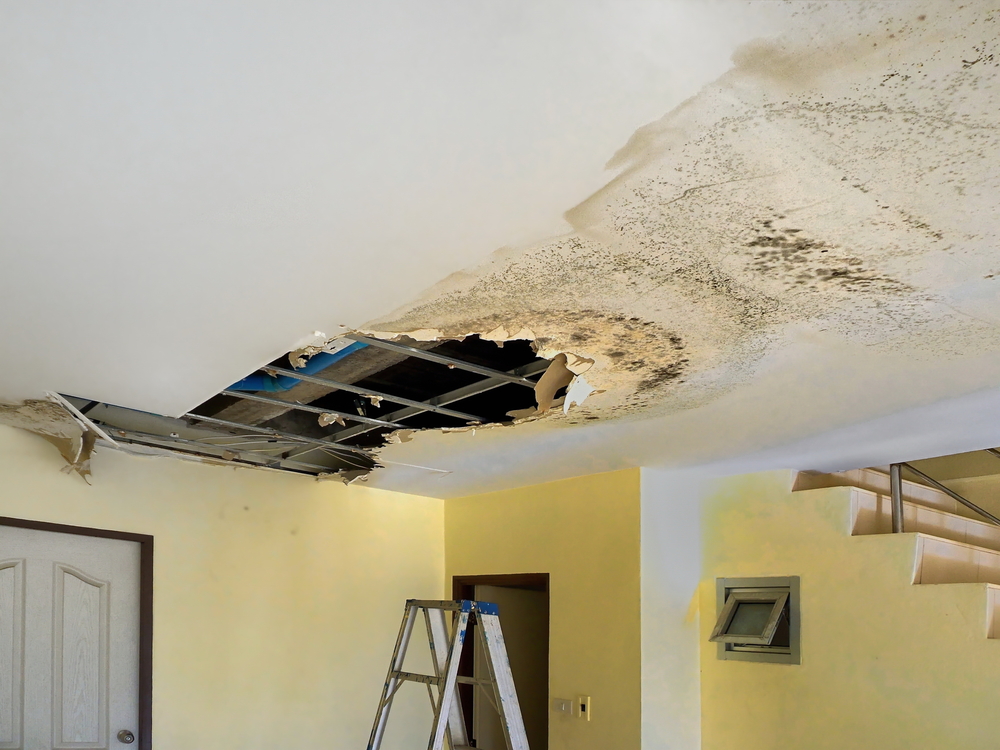6 Ways to Locate Hidden Water Leaks in Your Residence
6 Ways to Locate Hidden Water Leaks in Your Residence
Blog Article
They are making a few great observations about Top leak detection hacks as a whole in the article directly below.

Early detection of leaking water lines can mitigate a potential disaster. Some tiny water leakages might not be noticeable.
1. Take A Look At the Water Meter
Inspecting it is a surefire means that helps you uncover leakages. If it moves, that shows a fast-moving leak. This suggests you might have a slow leakage that could also be below ground.
2. Inspect Water Intake
Examine your water bills and also track your water consumption. As the one paying it, you must observe if there are any type of discrepancies. If you identify sudden changes, despite your intake being the same, it suggests that you have leakages in your plumbing system. Remember, your water costs must drop under the exact same array each month. A sudden spike in your expense shows a fast-moving leak.
A steady increase every month, also with the very same routines, shows you have a slow leakage that's additionally gradually intensifying. Call a plumber to thoroughly examine your home, especially if you feel a cozy location on your flooring with piping underneath.
3. Do a Food Coloring Examination
When it involves water usage, 30% comes from commodes. Test to see if they are running correctly. Decrease flecks of food color in the storage tank and also wait 10 mins. If the shade in some way infiltrates your bowl throughout that time without flushing, there's a leak between the container as well as dish.
4. Asses Exterior Lines
Don't forget to check your exterior water lines also. Must water leak out of the connection, you have a loosened rubber gasket. One small leak can waste bunches of water and also surge your water bill.
5. Analyze the scenario as well as inspect
Homeowners need to make it a routine to check under the sink counters and also even inside cabinets for any type of bad odor or mold development. These two warnings suggest a leak so punctual attention is called for. Doing routine inspections, also bi-annually, can save you from a significant issue.
More notably, if you know your house is currently old, maintain a watchful eye on your heaters, pipes, pipes and so on. Check for stainings and deteriorating as most pipelines and home appliances have a life expectancy. They will certainly also naturally wear away due to damage. Don't wait for it to rise if you suspect leaking water lines in your plumbing system. Call a specialist plumber immediately so you do not wind up with an awful mess in your house.
Early discovery of dripping water lines can mitigate a prospective catastrophe. Some little water leakages might not be noticeable. Examining it is a surefire method that assists you find leakages. One little leak can waste lots of water and also increase your water costs.
If you suspect leaking water lines in your plumbing system, don't wait for it to escalate.
How to Know If Your Home Has a Hidden Leak
Water Meter Reveals Inexplicable Water Usage
If you’d like to test whether or not there’s a leak somewhere in your home, you can do this using your water meter. Here is how to conduct the test:
Don’t use any water in your home for at least 30 minutes; this also means not turning on faucets or water-using appliances.
Go outside, and check your water meter for activity.
If your water meter shows that there was activity, even though no one was using any water, this proves that there is a leak in your home.Visible Mold or Mildew Growth
Leaks behind walls create moist, dark environments that allow mold and mildew to grow and thrive. Eventually, you might see mold growth forming on the wall closest to a hidden leak.
If mold is growing in an area that receives a high amount of moisture, such as a bathroom, it may simply be an indication that better ventilation is needed. However, if you see mold growth on a wall or the ceiling in an area where you would not expect, you probably have a hidden leak.
Musty, Mildew Odor
Sometimes you might not be able to see the mold or mildew that is growing as a result of a leak. However, the smell can give the problem away just as easily. If you catch a whiff of something musty, there’s a good chance that old water is collecting somewhere in your home that you can’t see.
Stained/Warped Walls, Ceilings, or Floors
When your home soaks up water, a variety of red flags can become visible, including ceiling stains, bubbling drywall, warped walls, and sagging floors. While these issues can be caused by excess humidity, they can also be signs that a pipe or plumbing connection has started leaking behind your walls.
Inexplicably High Water Bill
After a while, you get a general sense for what your water bill should be. If you own a pool or sprinkler system, your bill will tend to be higher during summer. However, if you receive a water bill that seems especially high, and you can’t figure out what caused it, then you may have a hidden leak somewhere that’s increasing your bill.
https://www.plumbingjoint.com/blog/2019/july/how-to-know-if-your-home-has-a-hidden-leak/

I found that blog entry about Leaking water lines while doing a lookup on the internet. Enjoyed reading our article? Please share it. Let another person locate it. We truly appreciate reading our article about Hacks to detect leaks.
Report this page